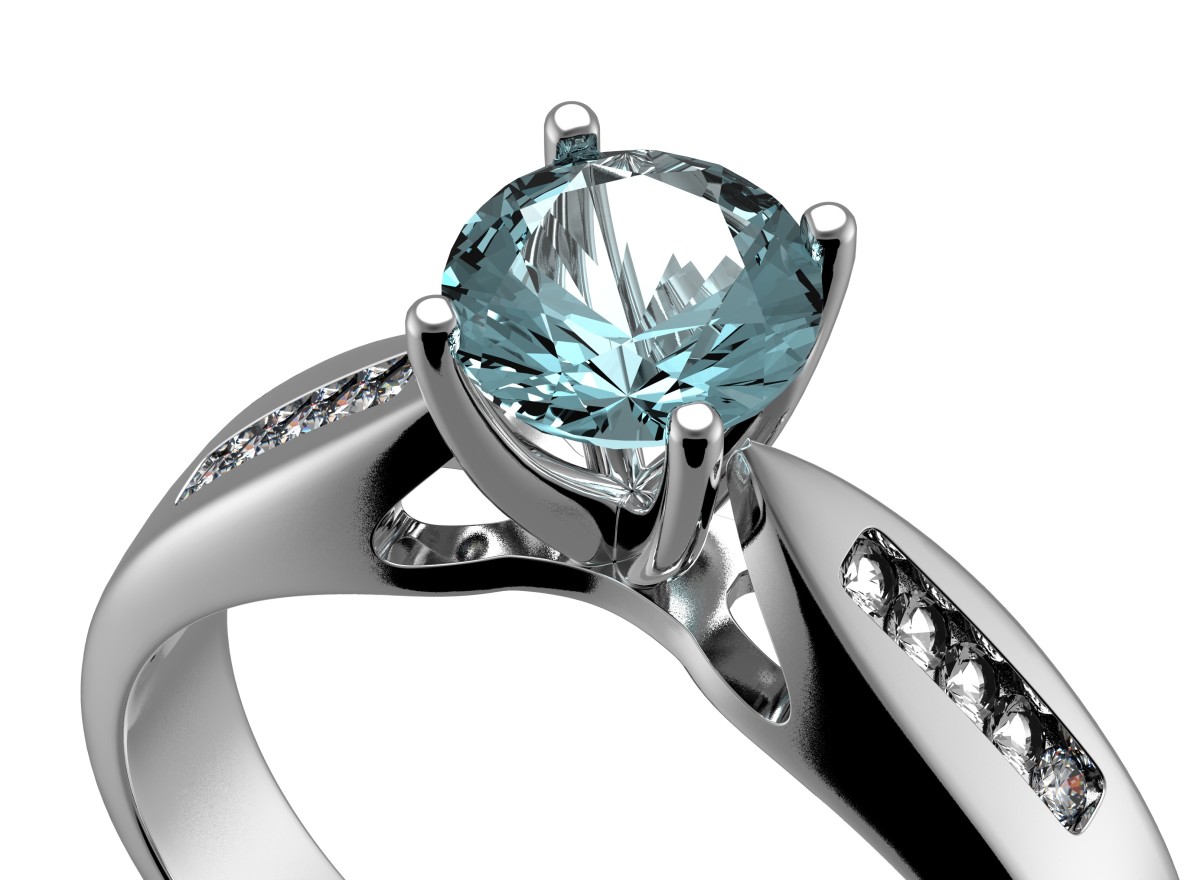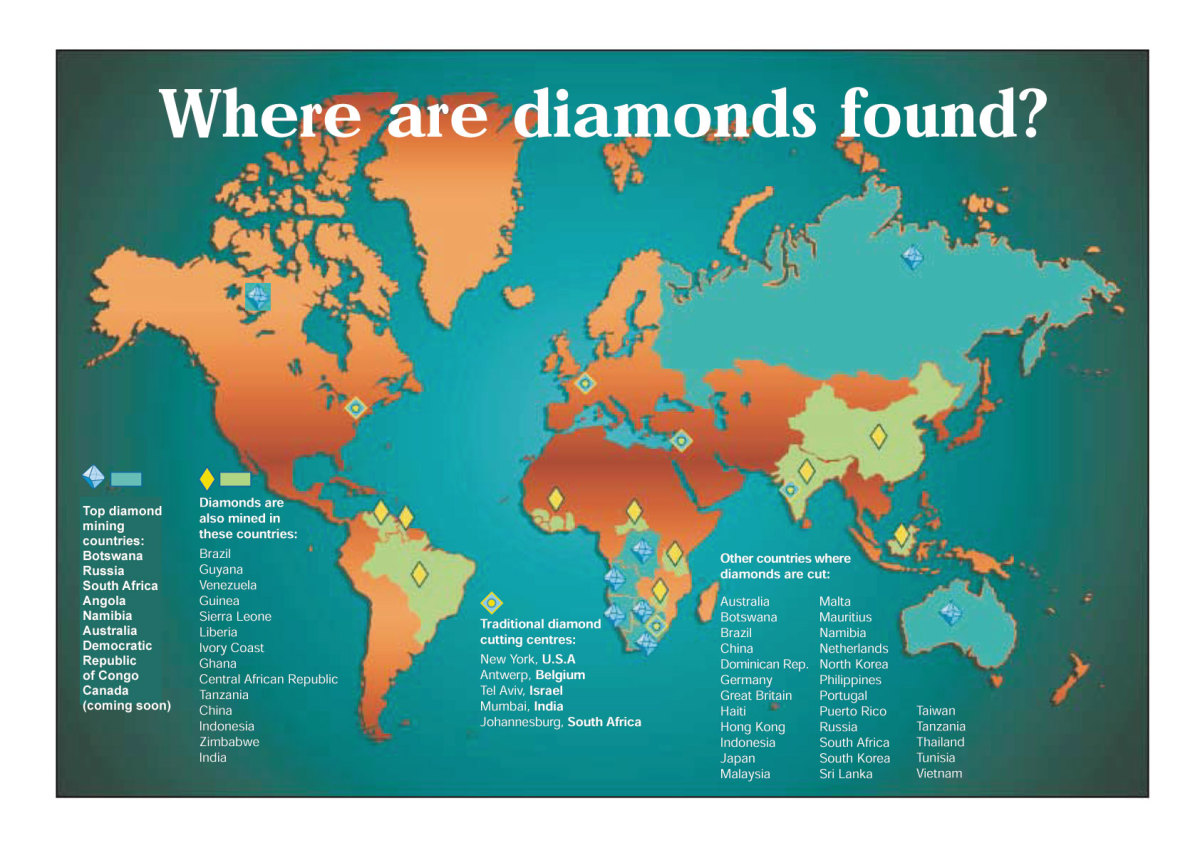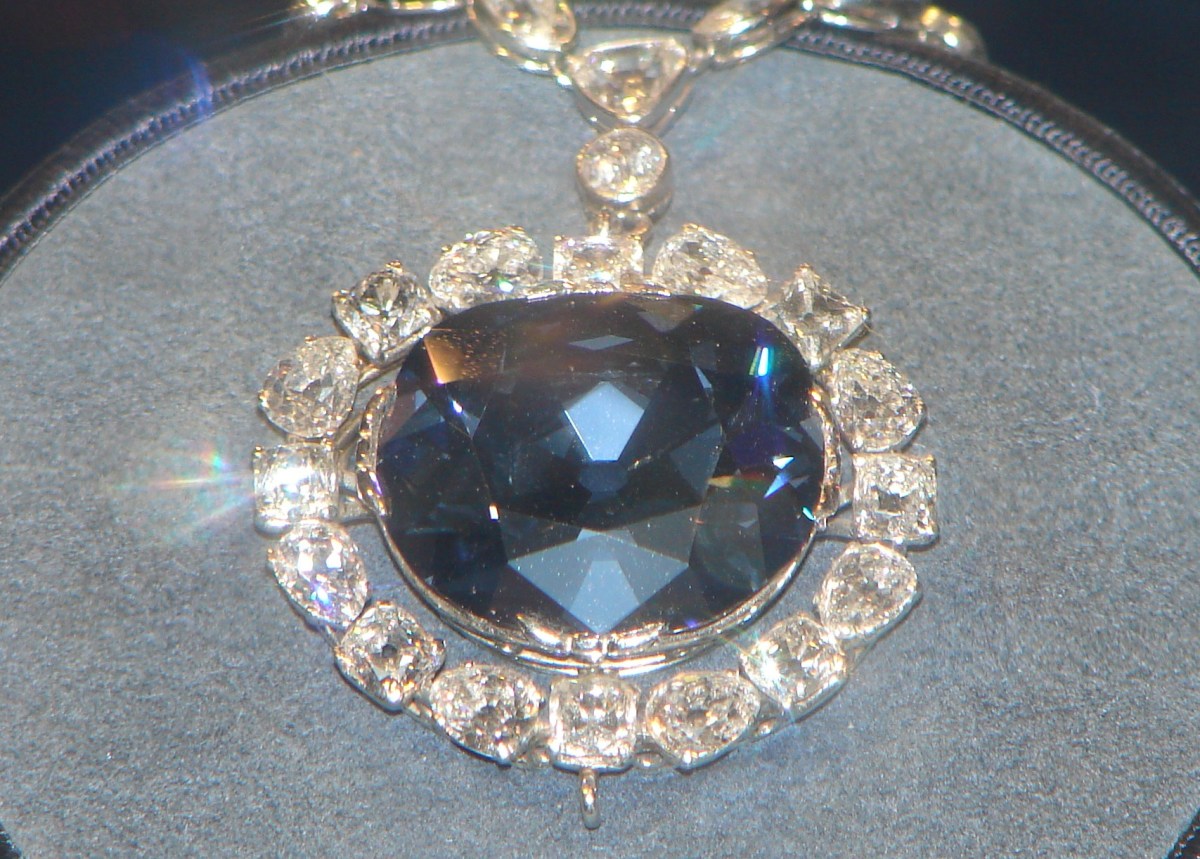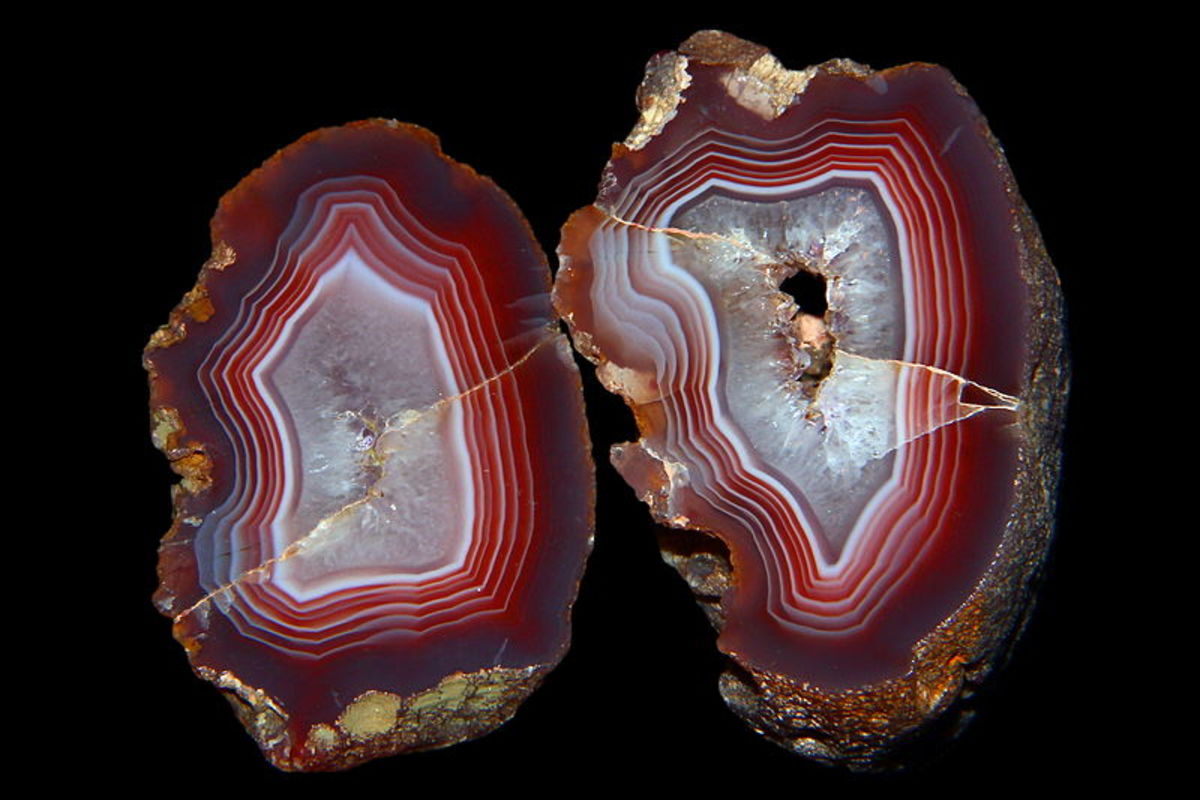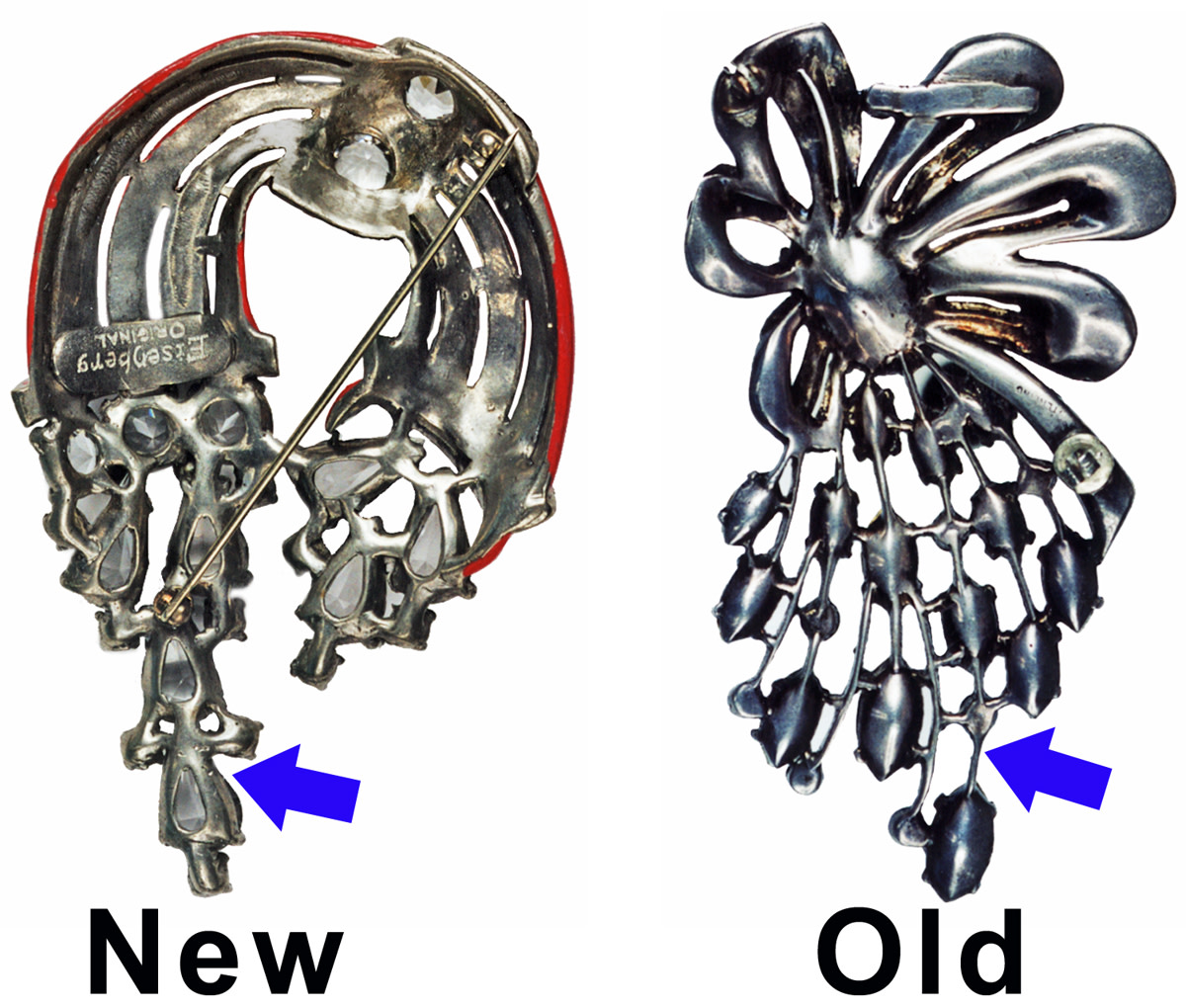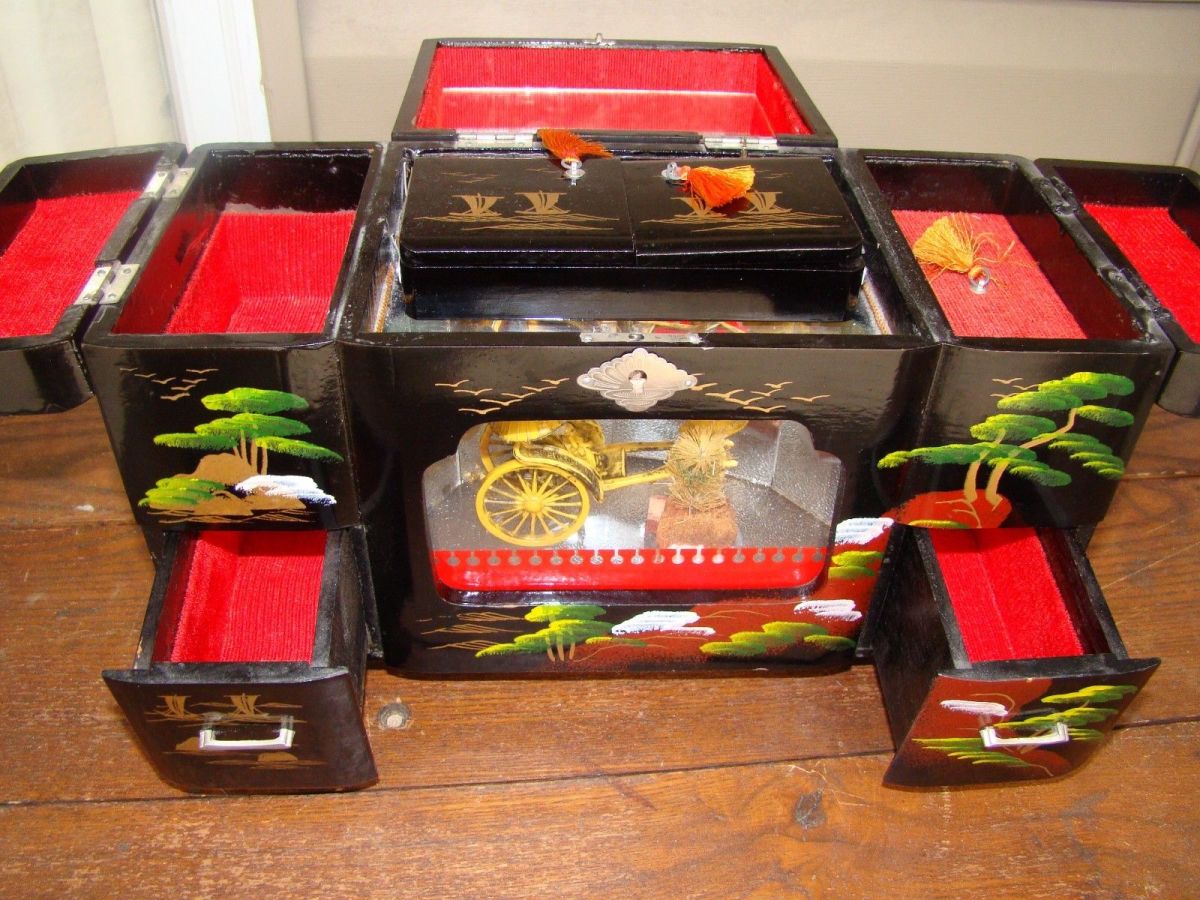Blue Diamonds- Rare and Beautiful

Natural Blue Diamonds
Natural blue diamonds are among the rarest colored diamonds that exist in the world today. They are highly sought after and can cost as much as 10-50 times as much as a colorless diamond of the same size.
The percentage of blue diamonds mined each year is truly negligible, with just a few stones recovered each year annually. Statistics show that less than 0.3% of all colored diamonds graded by the Gemological Institute of America (GIA) in the first half of 1998 were predominantly blue. This statistic has not varied much since then.
Blue diamonds range in color from light “ice blue” to grey-blue to deep dark peacock blue. A large number of blue diamonds exhibit a secondary color and are usually classified as either gray-blue or green-blue. Typically, the stronger the color of a blue diamond, the rarer and more valuable the stone is.
How do natural blue diamonds get their color?
If a diamond contains no impurities then the color will be crystal clear. If impurities are present however, the structure of the diamond will not be significantly altered, but the clarity will be changed.
Blue diamonds derive their color from hydrogen, nitrogen and boron. Some blue diamonds have an aquamarine hue, while other may exhibit a green or purplish tinge.
When boron particles become trapped in a diamond’s crystal matrix during its formation, the result can be a stunning blue diamond. The presence of boron gives blue diamonds semi-conductor abilities. The more boron impurities in a diamond lattice, the more intensely colored the blue diamonds will be.
Green-blue or greenish blue (teal) colored diamonds usually contain nitrogen impurities in aggregate form. The amount of color displayed is dependent on the amount of nitrogen involved. The overwhelming majority of blue diamonds are called a Type IIb diamonds. This means that the diamond has few, if any, nitrogen impurities. As with many colored diamonds, the presence of green typically increases the overall value of a diamond.
Diamonds that show a blue color due to the presence of hydrogen are less rare. These type Ia diamonds are always classified with a color modifier and generally referred to in gemological grading reports as gray-violet or gray-blue.
Where are natural blue diamonds found?
Most of the intensely-colored blue diamonds are found in the Cullinan and Premier diamond mines in South Africa. Blue diamonds have been found in India, Australia, the Central African Republic, Brazil, Borneo and Guyana in South America .
What determines the value of a blue diamond?
Like other colored diamonds, the value of a blue diamond in usually determined by its intensity. Usually, the more intense the color, the rarer and more expensive the diamond will be.
The GIA uses nine categories to grade colored diamonds: Faint Blue diamond, Very Light Blue diamond, Light Blue diamond, Fancy Light Blue diamond, Fancy Blue diamond, Fancy Intense Blue diamond, Fancy Vivid Blue diamond, Fancy Dark Blue diamond and Fancy Deep Blue diamond.
Other shades of blue are also graded, e.g. fancy vivid green blue and fancy dark gray blue.

Shades of natural blue diamonds
Blue diamonds are available in a full spectrum of hues that range from faint grayish blue to sky blue and ocean blue. The natural shades of blue before lab enhancement are deep aquamarine, green tinge, ice blue and rich deep blue.
Aquamarine diamonds with deeply saturated color have been a common choice for blue diamonds. Guyana is a source of some of the most uniquely remarkable diamonds that are turquoise to aquamarine blue in color.
Deep blue diamonds have a color similar to sapphire- they have a dark blue hue with a velvety appearance. One of the newest shades for blue diamonds is ice blue. This pale blue color is easier to match match than other stones, which makes it popular for settings that require multiple stones such as earrings.
The most famous natural blue diamond
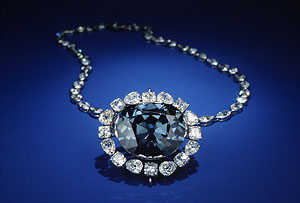
The largest blue diamond in the world is the Hope Diamond. It is presently the centerpiece of the National Gem Collection at the Smithsonian Natural History Museum located in Washington, D.C.
In 1988, the Gem Trade Lab of the Gemological Institute of America examined the Hope Diamond and described it as being 45.52 carats and fancy dark grayish- blue in color. A re-examination in 1996 slightly rephrased that description as "fancy deep grayish-blue." The cut was described as being "cushion antique brilliant with a faceted girdle and extra facets on the pavilion." The dimensions in terms of length, width, and depth are 1in × 7/8in × 15/32in.
The Type IIb diamond (Type IIb diamonds make up about 0.1% of all natural diamonds. In addition to having very low levels of nitrogen impurities comparable to Type IIa diamonds, Type IIb diamonds contain significant boron impurities) has a very unique feature: its ability to show a delayed fluorescence. When the stone is exposed to an ultra-violet light source for some time, and the light source cut is later cut off, the stone produces brilliant red phosphorescence.
The Hope Diamond derived its name from Henry Philip Hope, one of its previous owners. Other owners include King Louis XIV of France, Marie Antoinette, King George IV of England, Pierre Cartier and Harry Winston. It is now the centerpiece of the National Gem Collection at the Smithsonian Institution.
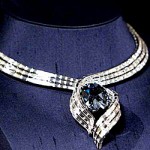
On November 18, 2010, the Hope Diamond was unveiled and put on public display at the Smithsonian Museum in a temporary newly designed necklace called "Embracing Hope," created by the Harry Winston firm. From three designs, the "Embracing Hope" design was chosen by the public. It included a platinum setting that surrounded the unique diamond with 340-baguette diamonds totaling 60 carats. The Hope is expected to remain in its new setting until November 18 2011. It will then be placed back in its original Cartier setting.
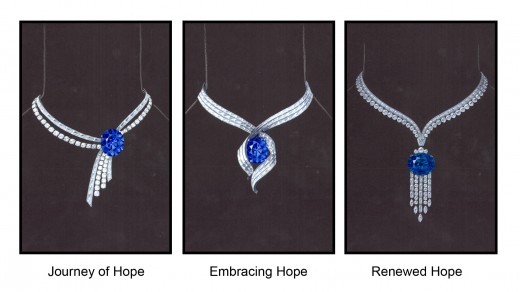
You can find information on red diamonds, pink diamonds, green diamonds, yellow diamonds and fancy diamonds at hubpages.com.

